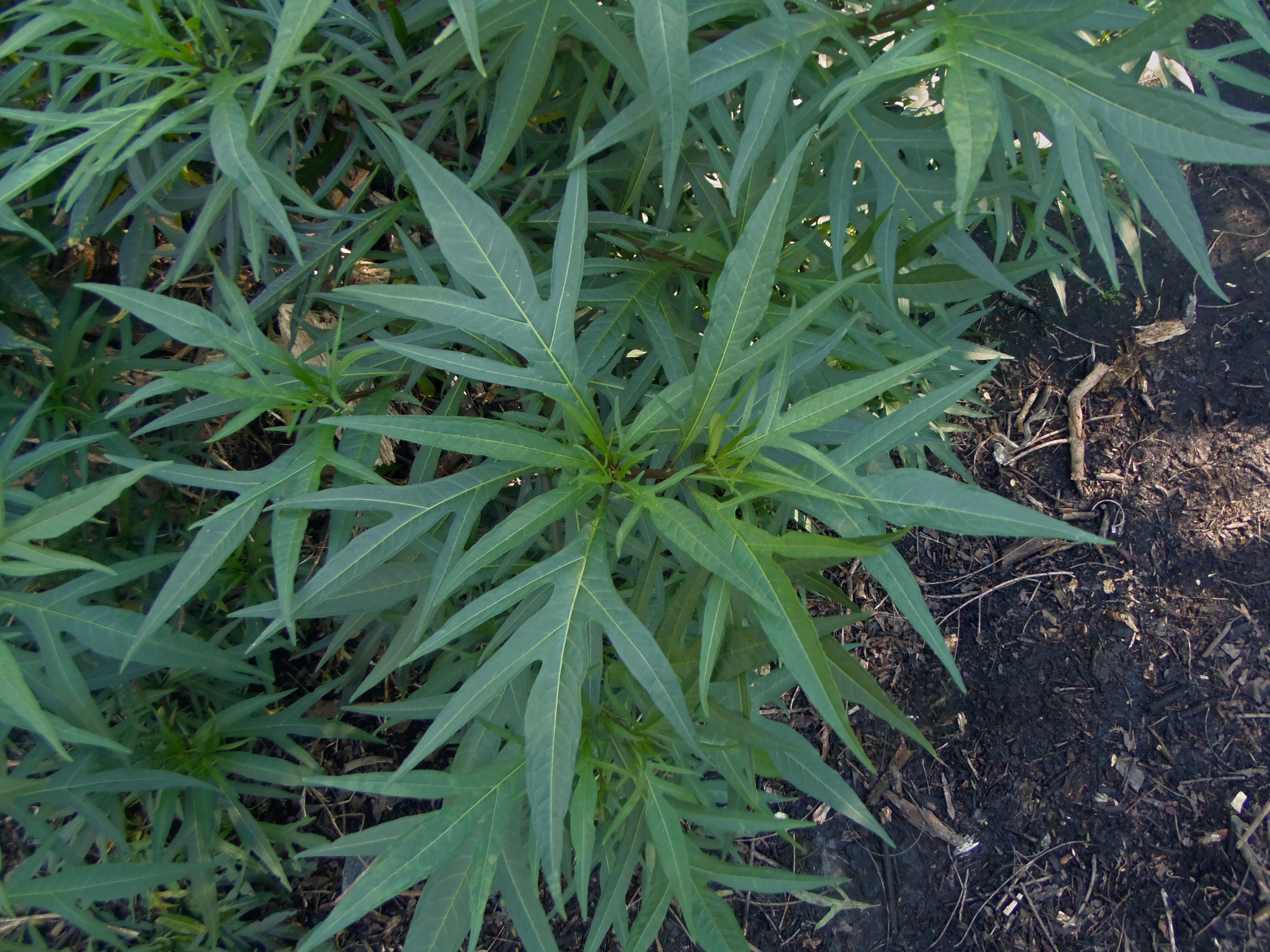Created on: Thursday, Apr 14th, 2016
Reviewed by Eric Wrubel (Golden Gate Nat’l Recreation Area, eric_wrubel@nps.gov) and Ron Vanderhoff (rvanderhoff@sbcglobal.net, CA Native Plant Society- Orange
Co. Chapter).
The following webpages were consulted for this screen: Tropicos: http://www.tropicos.org/Name/29600097; GBIF: http://www.gbif.org/species/2930210; Weeds of Australia: http://keyserver.lucidcentral.org/weeds/data/media/Html/solanum_avicular... ARS GRIN: https://npgsweb.ars-grin.gov/gringlobal/taxonomydetail.aspx?100820; PFAF: http://www.pfaf.org/user/Plant.aspx?LatinName=Solanum+aviculare; Calflora: http://www.calflora.org/cgi-bin/species_query.cgi?where-calrecnum=7648; Commercial Availability: http://www.cnplx.info/nplx/species?taxon=Solanum+aviculare; Presence in CA: http://www.invasiveplantatlas.org/subject.html?sub=41866; NZPCN (congener): http://www.nzpcn.org.nz/flora_details.aspx?ID=2261; http://www.nzpcn.org.nz/flora_details.aspx?ID=2263; Dave’s Garden: http://davesgarden.com/guides/pf/go/112388/#b; Queensland Government: https://www.business.qld.gov.au/industry/agriculture/species/non-declare... Australian National Botanical Garden: https://www.anbg.gov.au/poison-plants/S-poison.html; Trade Winds Fruits: http://www.tradewindsfruit.com/content/kangaroo-apple.htm
- < 13 : accept (low risk of invasiveness)
- 13 - 15 : evaluate further
- > 15 : reject (high risk of invasiveness)

